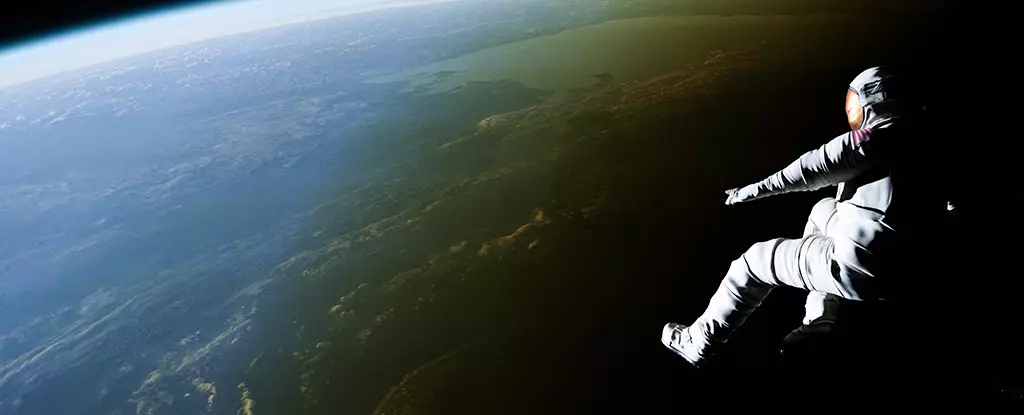As NASA’s Artemis program plans to return astronauts to the Moon and establish a permanent orbiting laboratory, the possibilities of human exploration in space are expanding. While private companies are also making strides in taking paying customers beyond Earth’s atmosphere, a new frontier in forensic science is emerging – astroforensics. This field, still in its infancy, is driven by the challenges that space presents to forensic investigations.
One of the key challenges faced by forensic scientists in space is the altered gravity environment. While we are accustomed to the constant force of gravity on Earth shaping many aspects of our reality, the reduction of gravity in space introduces novel challenges. For example, bloodstain pattern analysis heavily relies on gravitational effects to determine how blood stains are formed.
In a recent study exploring the impact of altered gravity on forensic science, blood drops were projected onto a surface in a microgravity environment. Unlike on Earth, where gravity pulls blood in a parabolic manner, the blood in space continued to travel in a straight line until it hit the surface. This deviation from the typical behavior of blood stains on Earth illustrates the impact of altered gravity on forensic evidence.
When blood drops strike a surface in a microgravity environment, the spreading action is inhibited by the dominating forces of surface tension and cohesion. This results in smaller stain shapes and sizes compared to stains formed in a gravity environment. While this experiment was conducted over a short distance of 20 cm, the implications become more significant over larger distances.
Although the experiment conducted in a parabolic research aircraft had operational limitations, it provides valuable insights into how altered gravity affects blood behavior in space. Understanding these differences is essential for developing forensic science protocols in extraterrestrial environments.
As we venture further into space exploration and potentially establish colonies on other celestial bodies, the field of astroforensics will become increasingly important. From analyzing forensic evidence in spacecraft malfunctions to understanding fluid dynamics in space, the implications of research in this field extend beyond traditional forensic sciences.
To further expand research in astroforensics, larger microgravity environments will be necessary. Establishing an extraterrestrial forensic science laboratory could provide valuable insights into how forensic evidence behaves in space. The challenges and opportunities presented by astroforensics highlight the interdisciplinary nature of space exploration and the potential for cross-cutting advancements in science and technology.
As humanity’s footprint extends beyond Earth to the Moon and beyond, the field of astroforensics offers a unique perspective on forensic investigations in space. By studying how altered gravity impacts forensic evidence, we can pave the way for future advancements in forensic science and contribute to a deeper understanding of the final frontier.



Leave a Reply